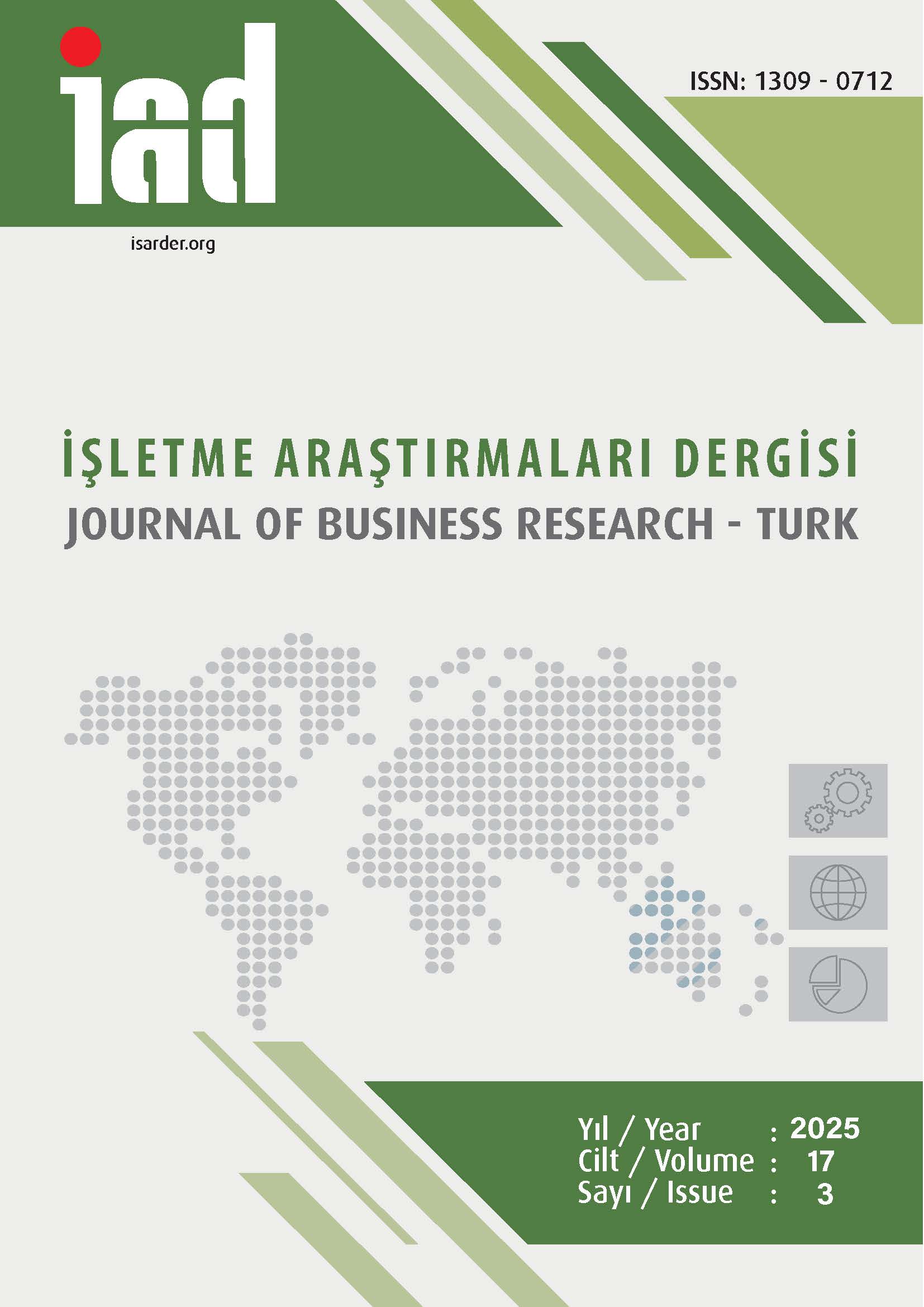Z Kuşağının Elektrikli Otomobil Algısı: Sürdürülebilir Kalkınmaya Yönelik Bir Gelecek Perspektifi
DOI:
https://doi.org/10.20491/isarder.2025.2069Anahtar Kelimeler:
Sürdürülebilirlik- Motivasyonlar- MaxQDA- Elektrikli Araçlar- Z KuşağıÖzet
Amaç – Elektrikli otomobiller, fosil yakıtlara olan bağımlılığı azaltarak sürdürülebilir kalkınma hedeflerine ulaşmada önemli bir rol oynar. Ancak, Türkiye’de elektrikli araçların pazar payı hala düşüktür ve tüketicilerin bu araçları benimsemesini engelleyen çeşitli faktörler bulunmaktadır. Bu noktada geleceğin otomobil kullanıcılarına ilişkin bir projeksiyon oluşturmaya olan ihtiyaç artmaktadır. Çalışmanın amacı, Z kuşağının elektrikli otomobillere dair tutum ve algılarını belirleyerek, sürdürülebilirlik anlayışının elektrikli otomobillerin benimsemesindeki rolünü ortaya çıkarmaktır.
Yöntem – Nitel araştırma yaklaşımına dayalı gerçekleştirilen bu çalışmanın örneklemini Ankara’nın metropol ilçelerinde yaşayan Z Kuşağı bireyleri oluşturmaktadır. Araştırma verileri yarı yapılandırılmış görüşme yöntemi ile toplanmıştır. Elde edilen veriler MAXQDA 2020 yazılımı ile tematik olarak analiz edilmiştir.
Bulgular – Elektrikli araçların çevre dostu olması, Z kuşağının bu araçları benimsemesini olumlu yönde etkileyen ana faktörlerden biridir. Ancak, fiyat engelleri ve şarj altyapısındaki yetersizlikler, benimseme sürecini kısıtlayan önemli engeller olarak ortaya çıkmaktadır.
Tartışma- Bulgular, elektrikli otomobillerin benimsenmesi konusunda Z kuşağının karşılaştığı motivasyon ve engellerin, politika yapıcılar ve sektör temsilcileri tarafından dikkate alınması gereken önemli faktörler olduğunu göstermektedir. Çalışma sonuçları doğrultusunda elektrikli araçların geleceğine dair çeşitli öneriler sunulmuştur. Araştırma, sınırlı coğrafi kapsamı ve katılımcı çeşitliliği nedeniyle genelleştirilebilirdik açısından sınırlamalara sahiptir. Bu çalışma, gelecekteki politika yapıcılar ve sektör temsilcileri için stratejik kararlar alırken dikkate alınması gereken önemli içgörüler sunmaktadır.
İndir
Yayınlanmış
Nasıl Atıf Yapılır
Sayı
Bölüm
Lisans

Bu çalışma Creative Commons Attribution-NoDerivatives 4.0 International License ile lisanslanmıştır.





